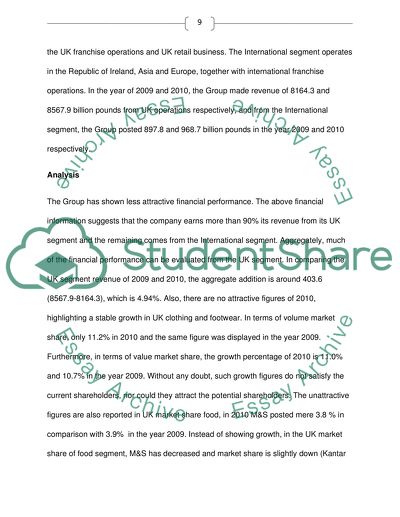Cite this document
(“Marks and spencer assignment Coursework Example | Topics and Well Written Essays - 2000 words”, n.d.)
Retrieved from https://studentshare.org/finance-accounting/1417895-marks-and-spencer-assignment
Retrieved from https://studentshare.org/finance-accounting/1417895-marks-and-spencer-assignment
(Marks and Spencer Assignment Coursework Example | Topics and Well Written Essays - 2000 Words)
https://studentshare.org/finance-accounting/1417895-marks-and-spencer-assignment.
https://studentshare.org/finance-accounting/1417895-marks-and-spencer-assignment.
“Marks and Spencer Assignment Coursework Example | Topics and Well Written Essays - 2000 Words”, n.d. https://studentshare.org/finance-accounting/1417895-marks-and-spencer-assignment.


